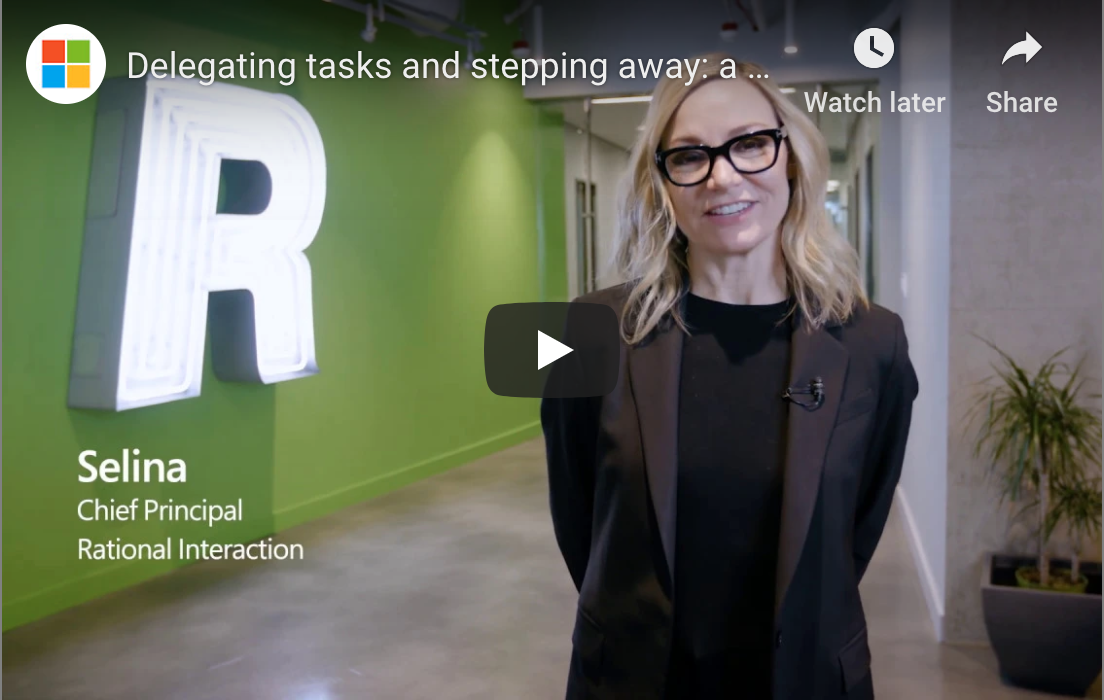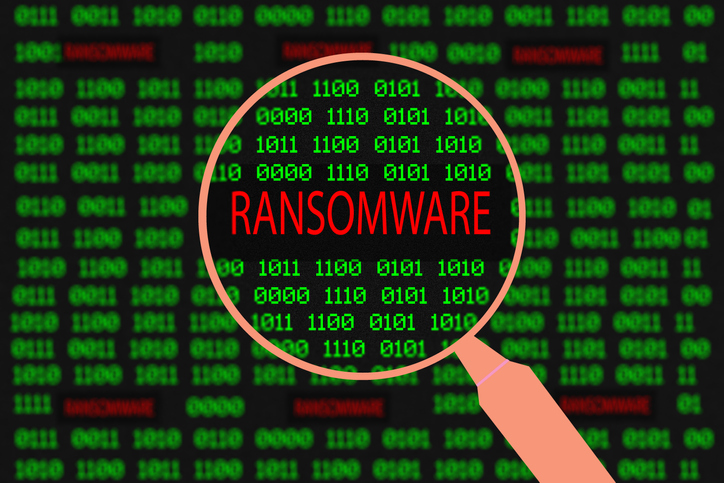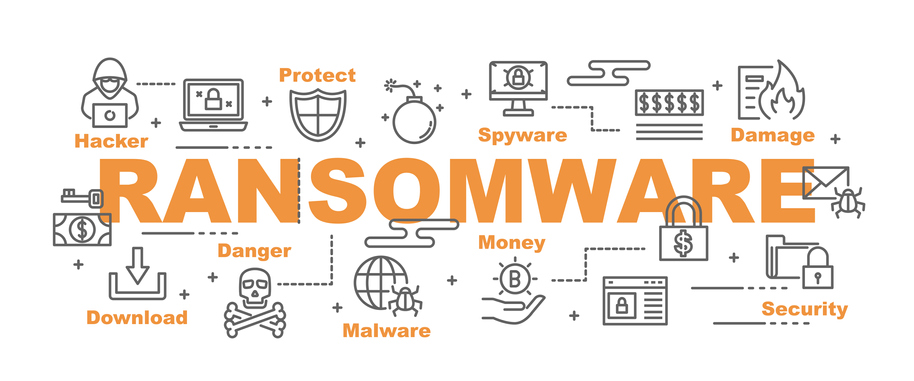
No matter your profession, reusing passwords is a horrible idea. It’s dangerous and insecure. Reusing passwords is especially problematic for those working in fields like law, ones that require confidentiality in one form or another.
Many people already know that reusing passwords is unsafe, but they do it anyway. One recent survey conducted by Lastline revealed that nearly half (around 45%) of information security professionals polled admit to reusing passwords. These people get paid to work in information security, and yet they don’t follow some of the most basic protocols for keeping information safe.
If anyone should understand the dangers here, it would be information security professionals. You’re likely not an information security pro, though, so let’s look in greater detail at why reusing passwords is so bad.
A Broken System
First, cut yourself a little slack. The internet password system is inherently broken. Most people have well over a hundred digital accounts. These range from the seemingly trivial (paying a utility bill, “store insider” loyalty programs, and the like) to the vitally important (banking, proprietary business accounts, and so on). Each one requires a username and a password. To make things worse, many sites require a mix of characters (capital and lowercase letters, at least one number, and at least one symbol). Some sites won’t accept all the special characters, and various sites won’t even agree about which special characters are acceptable!
Cheating Ensues
Most people can’t easily memorize one hundred or so unique sets of site plus username plus password, so they cheat. Either they write all their passwords down in a notebook or they reuse the same password across multiple sites. Even worse, they may do both!
The Frequency of Reusing Passwords
How widespread is reusing passwords, really? A massive study from researchers at Virginia Tech found that the problem is quite severe. They analyzed 61.5 million passwords spread out over 28.8 million users and found that over half (52%) reused passwords wholesale. That doesn’t even account for people reusing the same basic word or phrase and just switching out a few characters or adding a new one to the end.
The Problem with Password Reuse
Here’s the problem with password reuse: credentials have a habit of being stolen. Companies frequently experience hacks where customer data is exposed. You may not consider it such a big deal if hackers got ahold of your username and password for Bargains ’R’ Us. You don’t shop there often and you don’t have any credit card info stored on their website. Is it really a big deal?
On its own, it’s likely not a very big deal. But if you reused the same username and password for, say, your bank or your credit card, it’s suddenly a very big deal!
The same goes for the sticky-note users out there. If you’ve ever written down your “go-to” password on a sticky note or in a notebook, consider who all has had access to that information. Family? Friends? Coworkers? The cleaning crew or service technicians? How easy would it be for someone to snag a quick picture of your password list? If you reuse your passwords, this problem escalates quickly.
One more problem worth noting is messaging or emailing passwords. Many of us have had the experience of texting, emailing, or messaging a password to a spouse or significant other. Those communications aren’t always secure, though, and often they stick around for a while. If someone gained access to your email, would they also gain access to sensitive passwords?
The Ubiquity of Data Breaches
Data breaches are happening all over the place, and some of them are huge. Yahoo had every single one of its 3 billion accounts breached. If you had a Yahoo account at the time of the breach, even an old dead one you never check, hackers may now have your sign-in info. If you used your go-to password on that account, then every other account you’re using that password for is now at risk. This is a big deal.
Solutions to the Password Problem
Passwords are a mess, and not reusing passwords is difficult. Here are some solutions that can help you clean up the mess and reduce frustration.
Enable Two-Factor Authentication Wherever Possible
Many websites offer two-factor authentication (2FA), which is much more secure. With 2FA, a one-time code is sent in a text message or email after logging in with username and password. Enable 2FA wherever possible.
Use a Password Manager
Password managers solve the problem of memorizing hundreds of unique passwords. They store all your passwords in an encrypted vault that you secure with one strong master password. We recommend using a good password manager. Doing so makes strong password security easy.
Conclusion
Understanding the danger behind reusing passwords is an important first step in securing your digital life. For help securing your workplace against digital threats, enlist the help of professionals like us. Contact us today to learn how we can help keep your systems secure.
![]()











